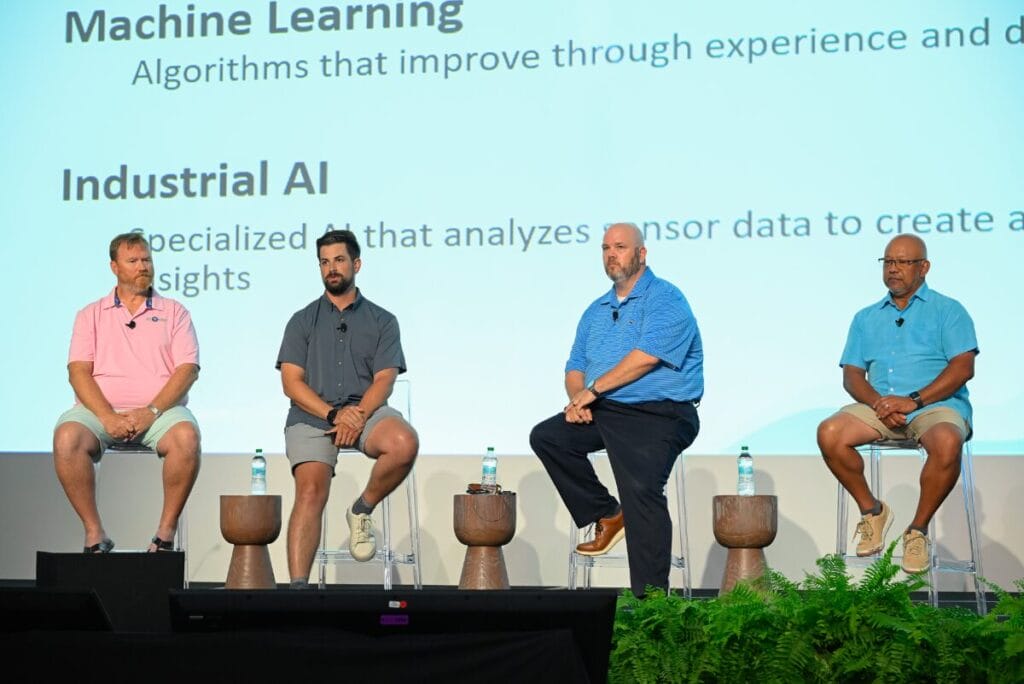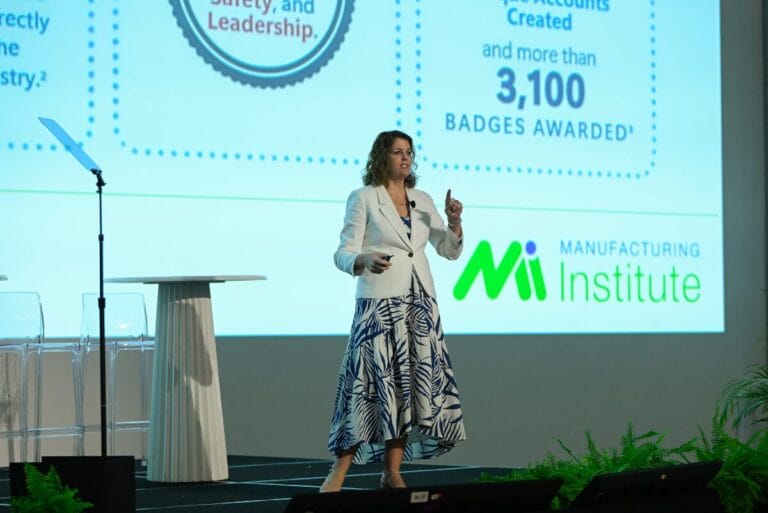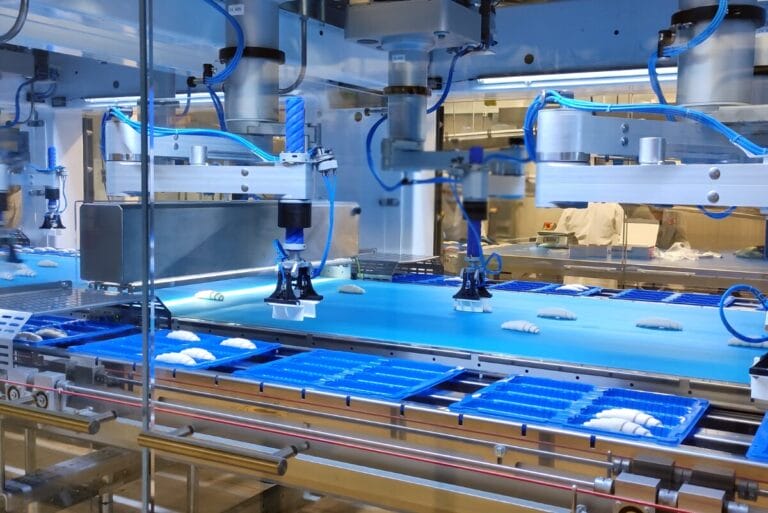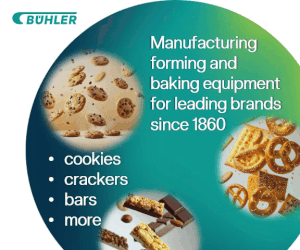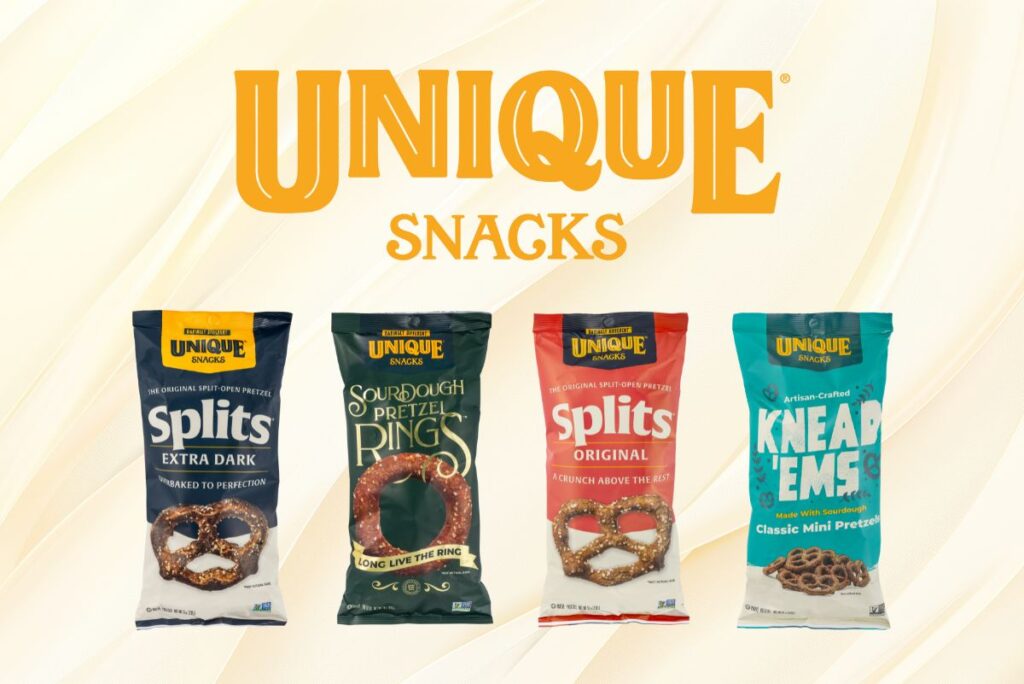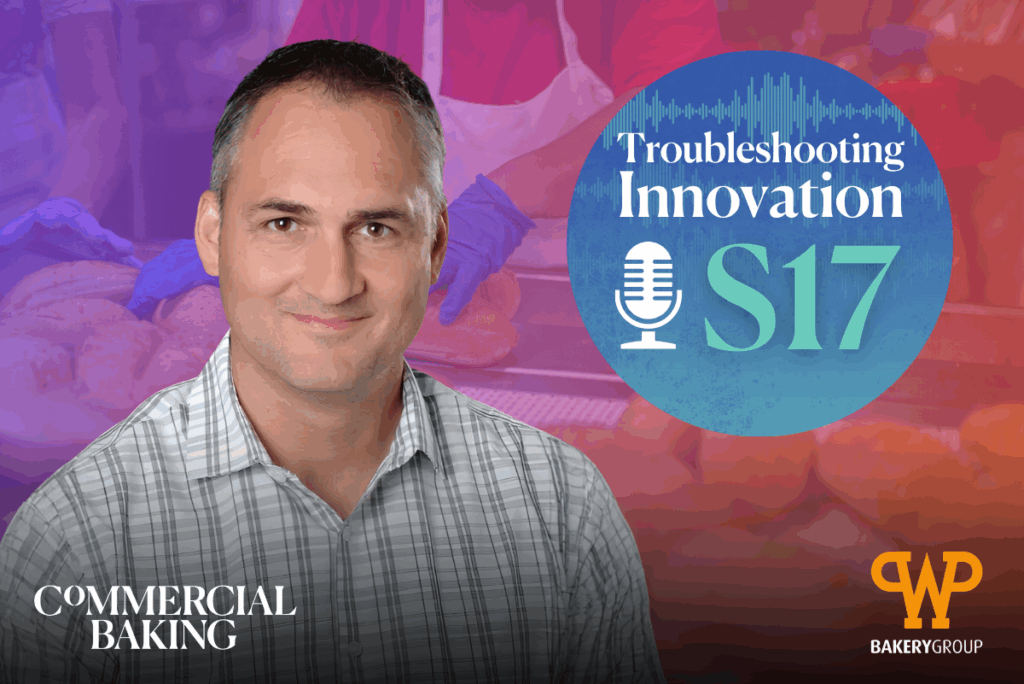COCO BEACH, PUERTO RICO — In today’s world, any conversation about how to optimize operational efficiencies includes some mention of AI. When it comes to commercial baking operations, those conversations are often focused on when, where, how and why to integrate this rapidly evolving technology.
The Baking Industry Forum (BIF), BEMA’s working group of bakers and suppliers dedicated to discussing the industry’s top issues, identified AI as its priority topic for 2025-26, and during BEMA Convention 2025, held June 25-28 in Coco Beach, Puerto Rico, several group members highlighted the technology’s potential to enhance nearly every aspect of a bakery, from the production floor to employee recruitment.

